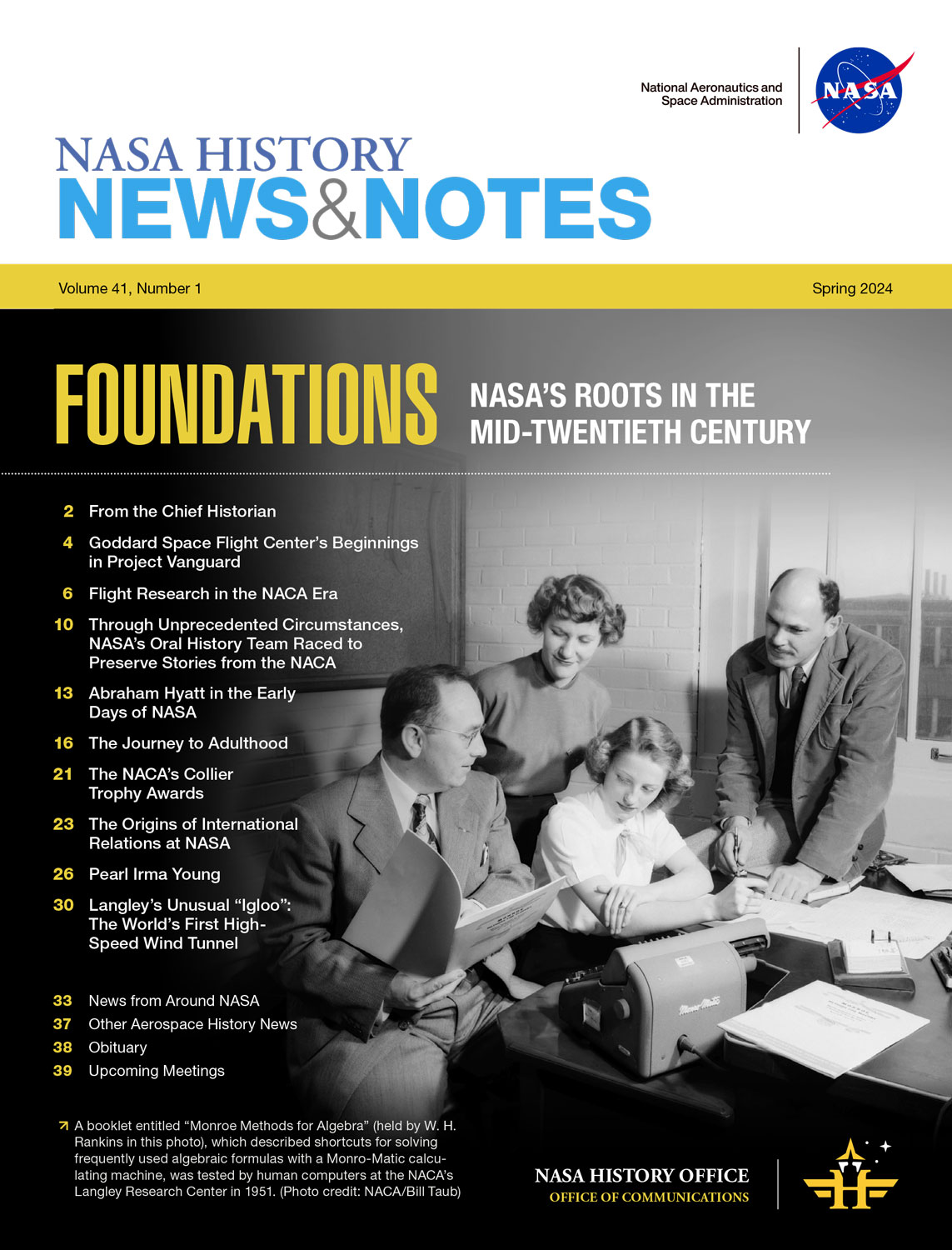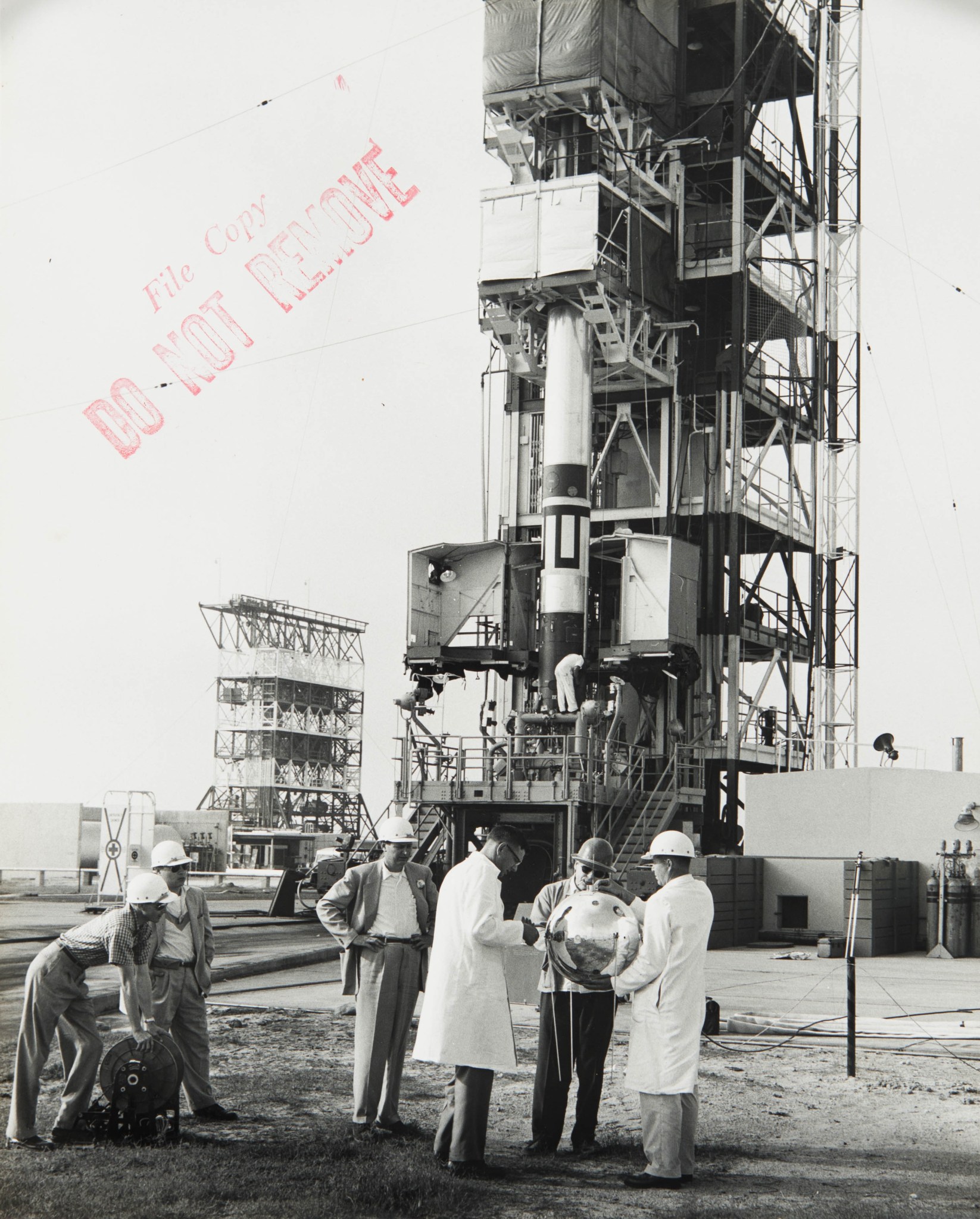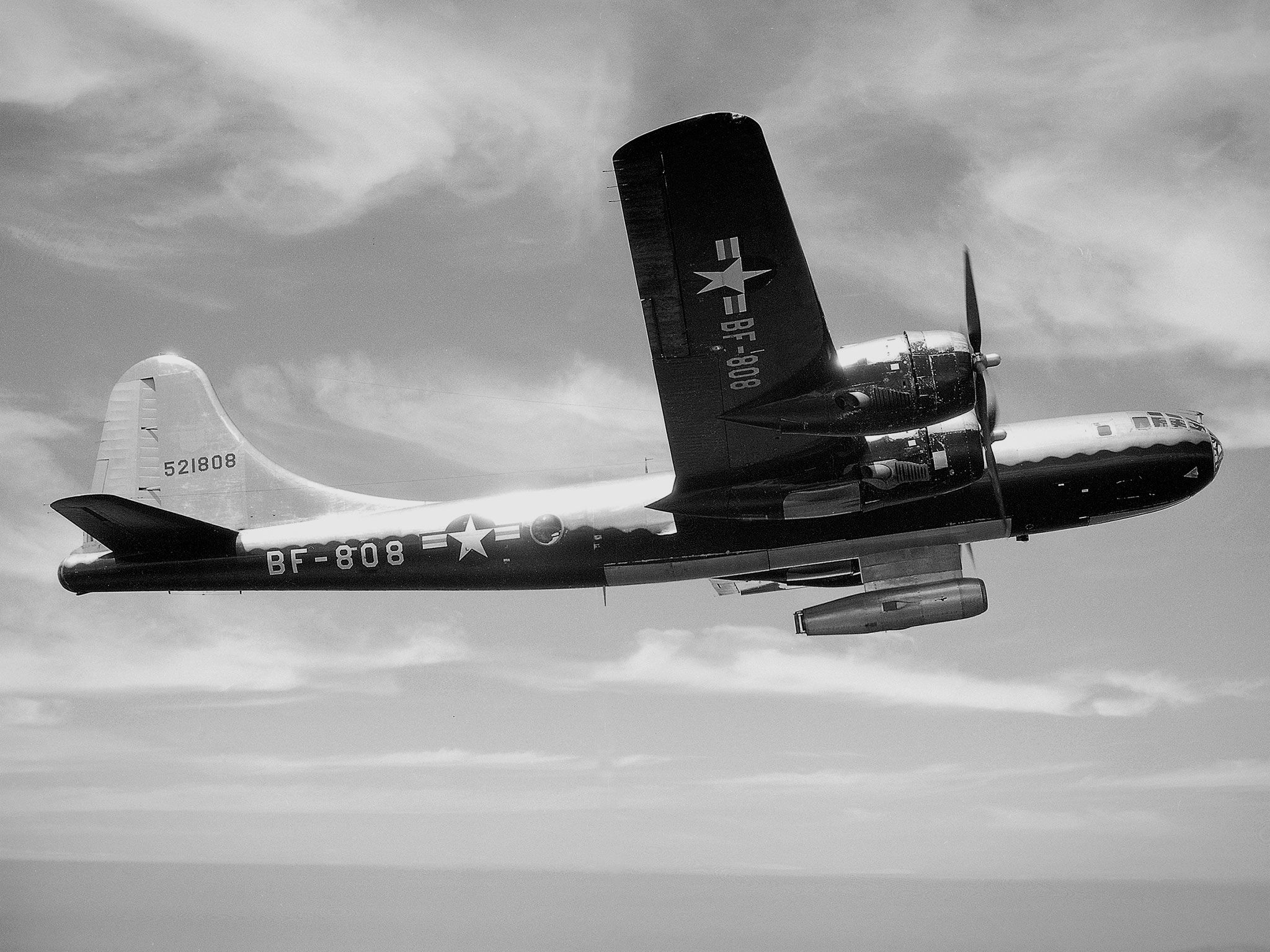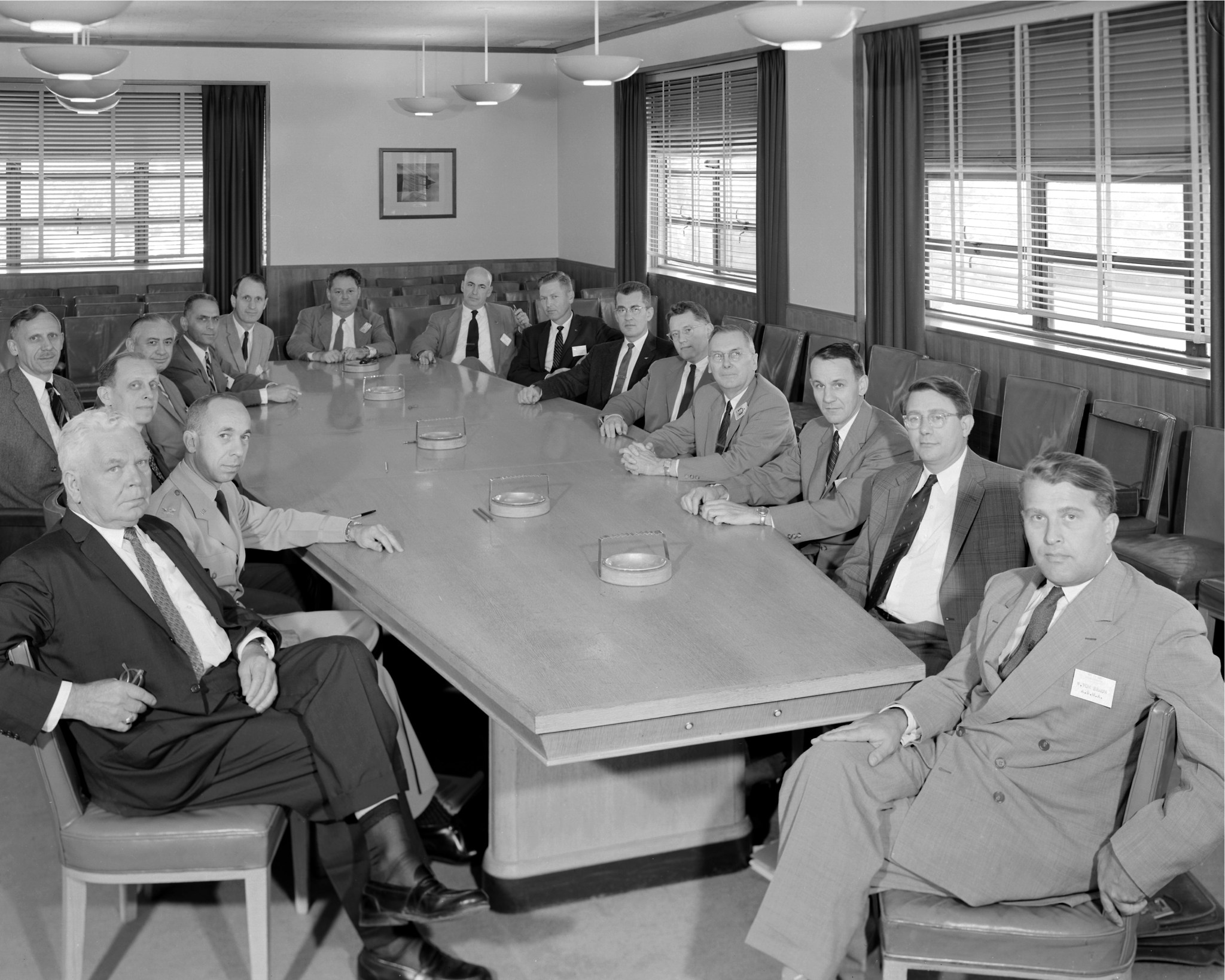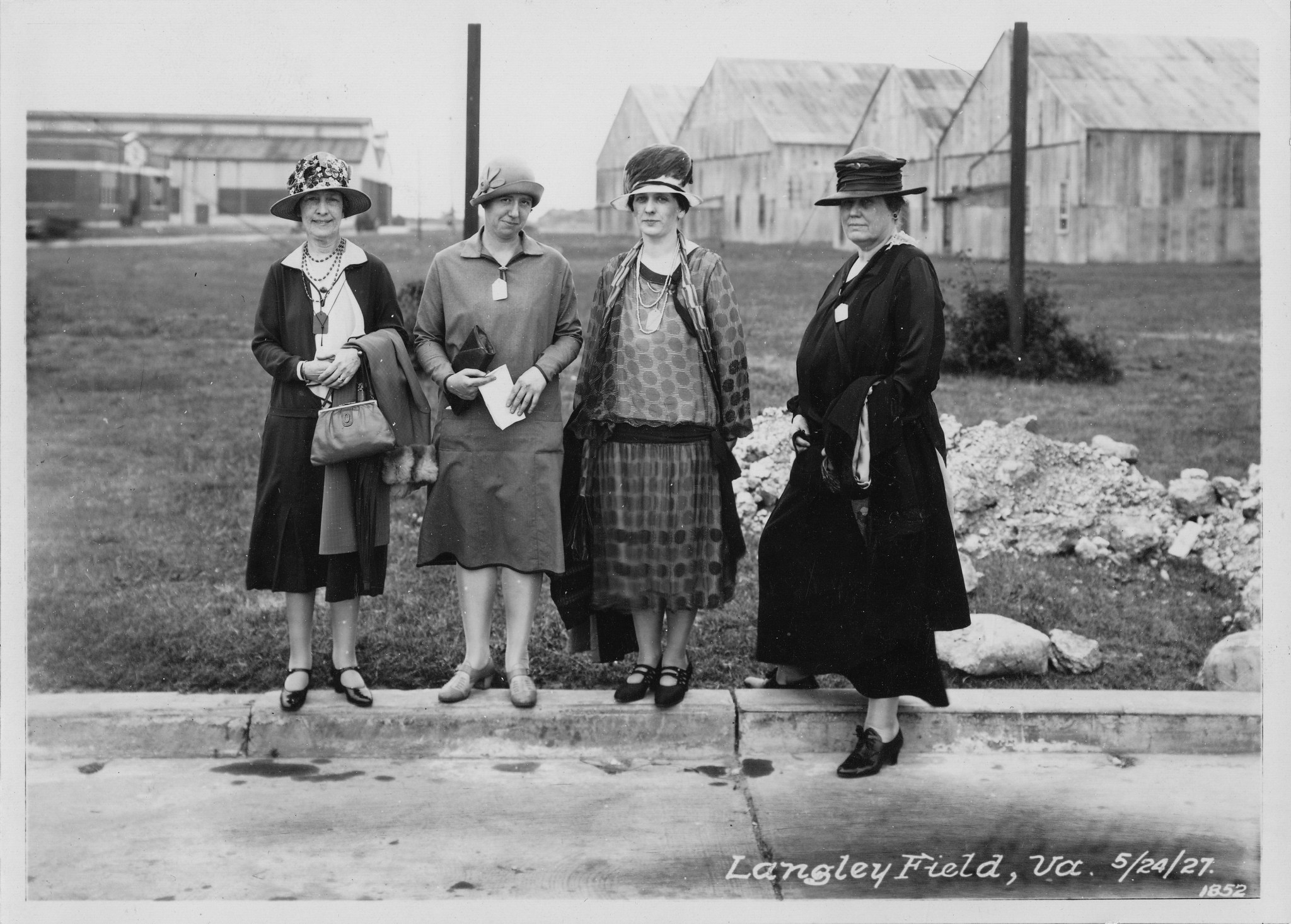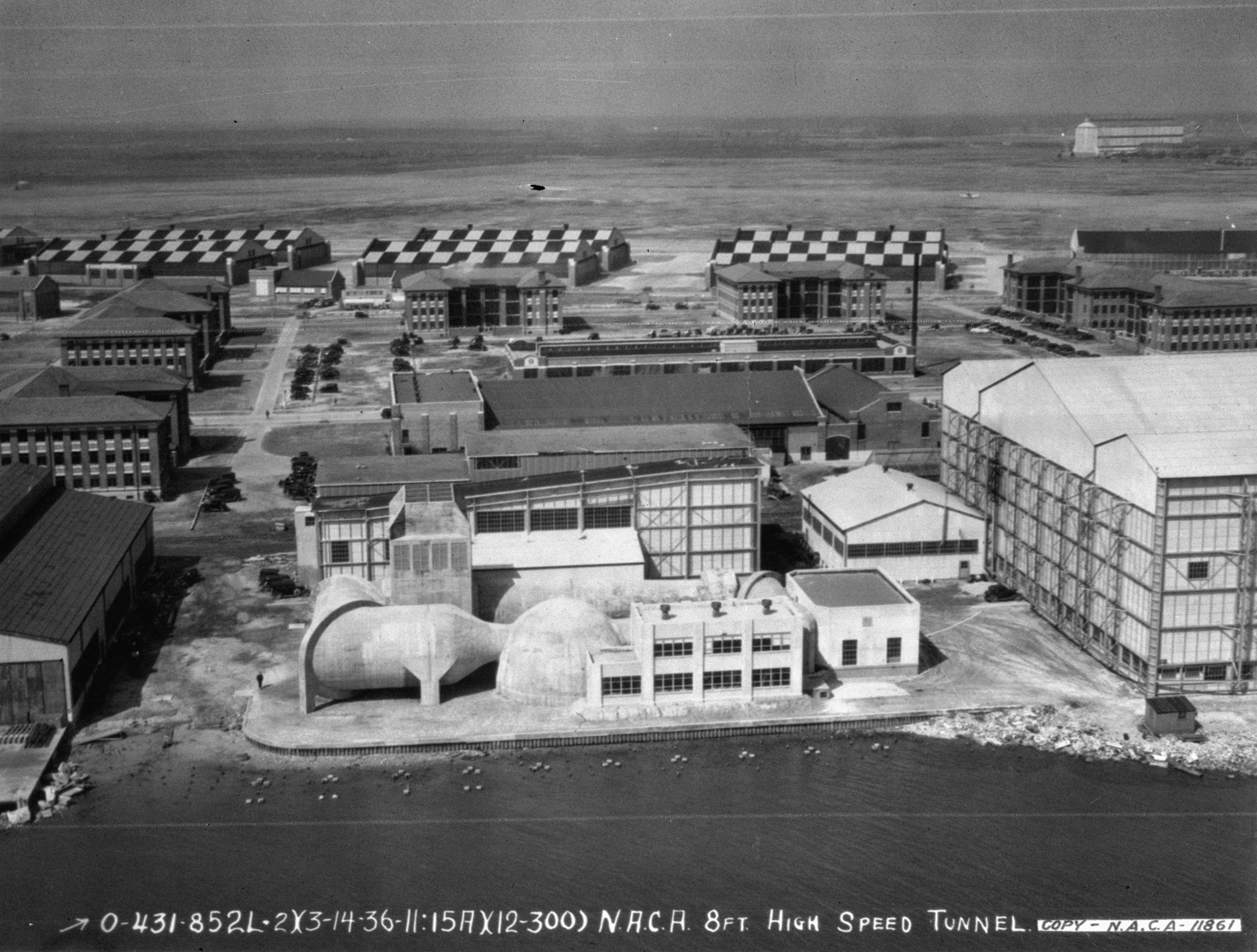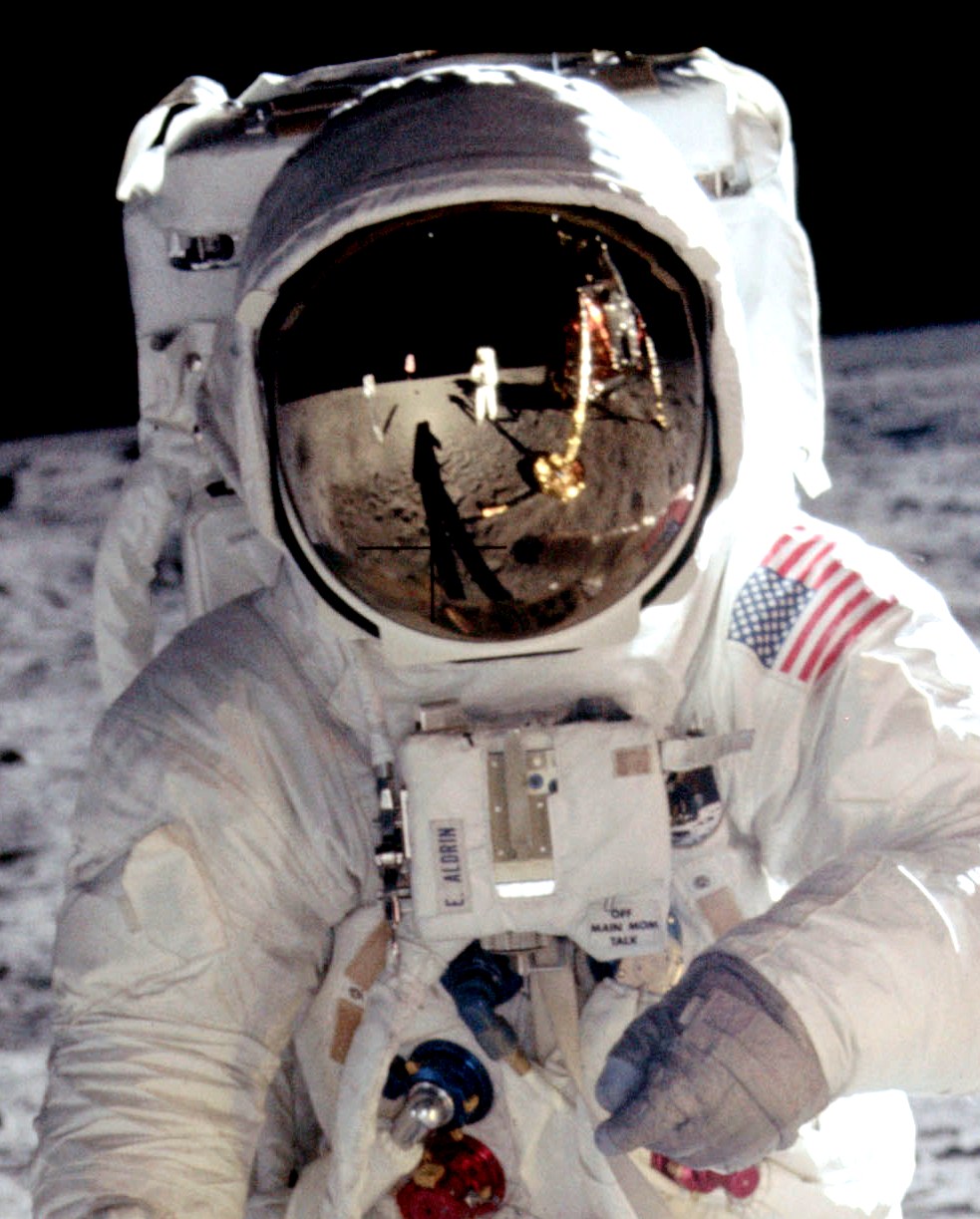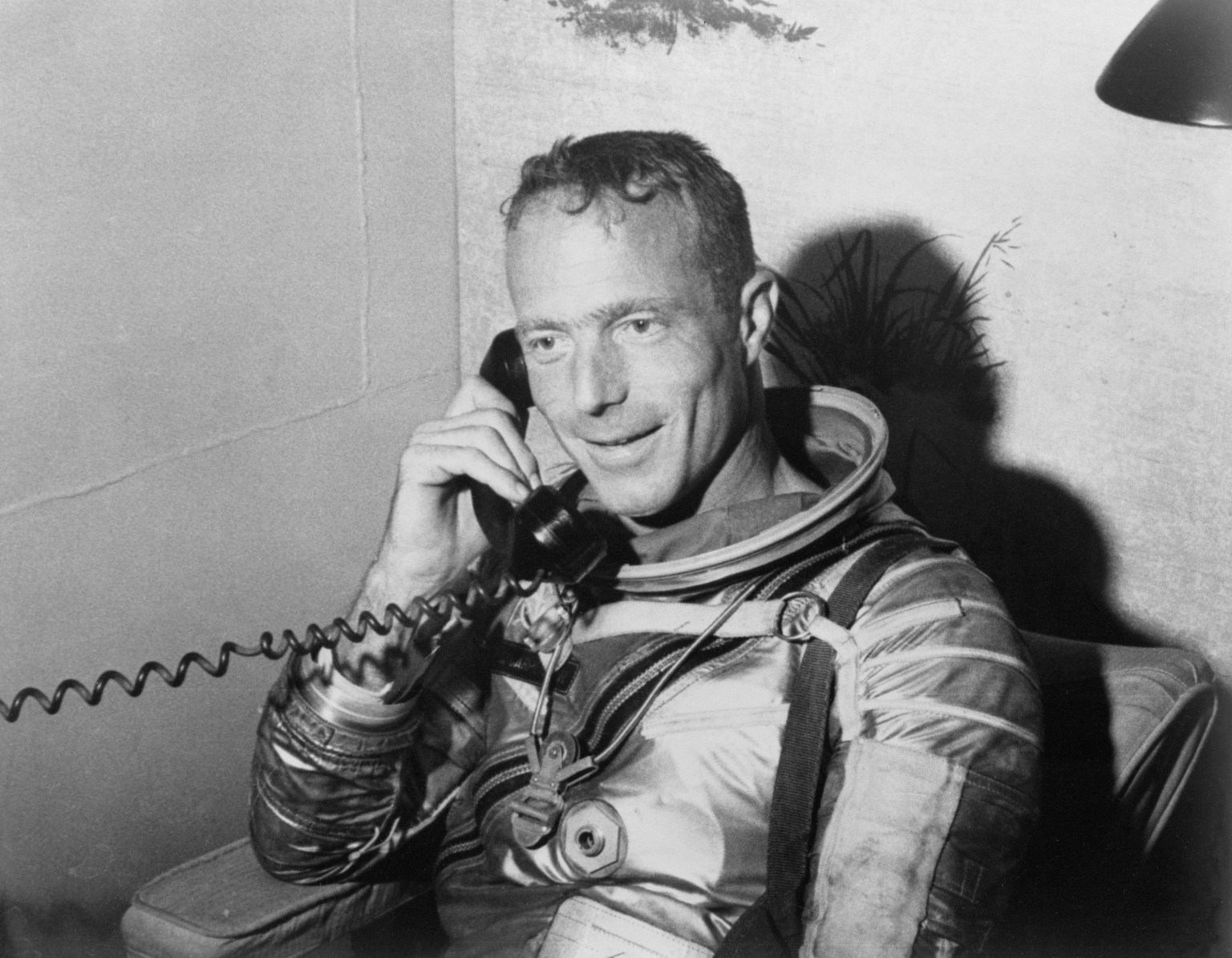For the Spring 2024 issue of NASA History News & Notes, the NASA History Office takes you back to the beginning with stories about NASA’s roots in the National Advisory Committee for Aeronautics (NACA).
Volume 41, Number 1
Spring 2024
Featured Articles
From the Chief Historian
By Brian Odom
In the beginning, the National Advisory Committee for Aeronautics (NACA) was charged with a critical mandate, “to supervise and direct the scientific study of the problems of flight, with a view to their practical solution, and to determine the problems which should be experimentally attacked, and to discuss their solution and their application to practical questions.” No trivial task, given the small amount of resources appropriated at the time and over the next decades.
The NACA was born in the crucible of one war, and it would be the unfortunate sequel to World War I that would truly set research and development on a new course in the United States. Continue Reading
Goddard Space Flight Center's Beginnings in Project Vanguard
By Christine Stevens
In the dawn of the Space Age, a group of scientists and engineers from the Naval Research Laboratory (NRL) had their eye on a new frontier: the uncharted expanse of space. Project Vanguard, initiated in 1955, aimed to launch the first American satellite into Earth orbit as part of the International Geophysical Year (July 1957 to December 1958). Led by NRL, the project envisioned a three-stage rocket design and emphasized scientific instrumentation over military application while showcasing American ingenuity. Project Vanguard had ambitious goals but encountered difficulties. Continue Reading
Flight Research in the NACA Era
By Robert Arrighi
For many, the thought of NACA aircraft conjures images of the seminal X-plane and Skystreak flights over the California desert, which broke the sound barrier and laid the groundwork for the space program. The NACA, however, utilized hundreds of conventional aircraft over its 40-plus-year existence to conduct flight research on aircraft components, propulsion systems, safety issues, and high-speed aerodynamics.
The focus here is on flight research, which utilizes traditional aircraft to carry out investigations and can be conducted on any aircraft that meets the requirements for the test. Continue Reading
Through Unprecedented Circumstances, NASA’s Oral History Team Raced to Preserve Stories from the NACA
By Sandra Johnson
In 2005, NASA’s Chief Historian, Dr. Steven Dick, asked the Johnson Space Center (JSC) History Office to collect oral histories with former NACA employees before the opportunity disappeared. This would be a new project and distinct from the other oral history endeavors that Headquarters had traditionally supported. The NACA alumni group organized reunions periodically at the former agency locations in Virginia, Ohio, and California, and they were gathering near Ames Research Center that fall. Dick realized the importance of capturing the memories and first-hand experiences of the pioneers of aerospace research before they were lost, and he provided funds for the JSC oral history team to travel to the event. Continue Reading
Abraham Hyatt in the Early Days of NASA
By Julie Pramis
November 1957: Hugh Dryden, Director of Aeronautical Research for the NACA and soon-to-be Deputy Administrator of NASA, brings together leaders from across the federal government, the private sector, and several universities to create the Special Committee on Space Technology. This new committee would advise the U.S. government on the development of a national space program. Among its members was Abraham Hyatt, Chief Scientist and Research Analysis Officer for the Navy Bureau of Aeronautics. Continue Reading
The Journey to Adulthood: FIrst Stop, NACA
By Jennifer Ross-Nazzal
For young American women, securing a job at one of the NACA) laboratories and sites in the 1940s and 1950s represented the first step on their path to adulthood. A position with the NACA promised women financial independence and allowed them to transition from adolescence and, for many, the opportunity to move out of their childhood homes. Here, at these research laboratories and sites, young single women established their careers; met, dated, and married their husbands; built lifelong friendships; started their families; and even had some fun along the way. … For most young women working at the NACA, that great adventure known as life began when they received their job offer. Continue Reading
The Origins of International Relations at NASA: Arnold Frutkin's Principles for Super Cooperation
By Steve Garber
How did NASA’s efforts at international cooperation come about? While NASA’s predecessor organization, the NACA, dates back to 1915, it was largely focused on strengthening American domestic aeronautics capabilities in the face of international competition. Things changed, however, in 1958 with the passage of NASA’s founding charter, the National Aeronautics and Space Act. The “Space Act” explicitly called for peaceful “cooperation by the United States with other nations and groups of nations in work done pursuant to this Act.” So NASA and other government leaders needed a basic blueprint for when and how to cooperate in space, given that geopolitics often intervened in specific efforts.
Enter Arnold Frutkin. NASA’s first international relations chief early on laid out some fundamental, if informal, principles for international cooperation. Continue Reading
Pearl Irma Young: The Lasting Impact of the NACA’s First Female Technical Employee
By Dr. Caitlin Milera
Pearl Irma Young was a scientist, an educator, a technical editor, and a researcher. Her work at the NACA and later at NASA has had lasting impacts on the scientific community. She was a trailblazer not only for women, becoming the first female technical employee of the NACA in 1922, but for all in the field of aerospace. Young made significant contributions to the scientific community throughout her career, most notably through her publication, the Style Manual for Engineering Authors. In addition to her technical work, Young forged lasting friendships, traveled the globe, and believed in a world bigger than herself. Continue Reading
Langley’s Unusual “Igloo”: The World’s First High-Speed Wind Tunnel
Submitted by Rob Wyman
As interest in the field of high-speed aerodynamics increased in the early 1930s, the existing wind tunnels at the NACA Langley Memorial Aeronautical Laboratory— today known as NASA Langley Research Center—proved too small and underpowered for effective high-speed aircraft testing. Understanding that a new facility in Hampton, Virginia, would give U.S. engineers a decided advantage in the ever-growing aeronautical field, Langley’s director of research, George W. Lewis, authorized the design and construction of a larger high-speed wind tunnel in 1933. Continue Reading




























